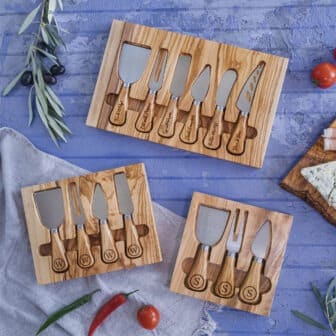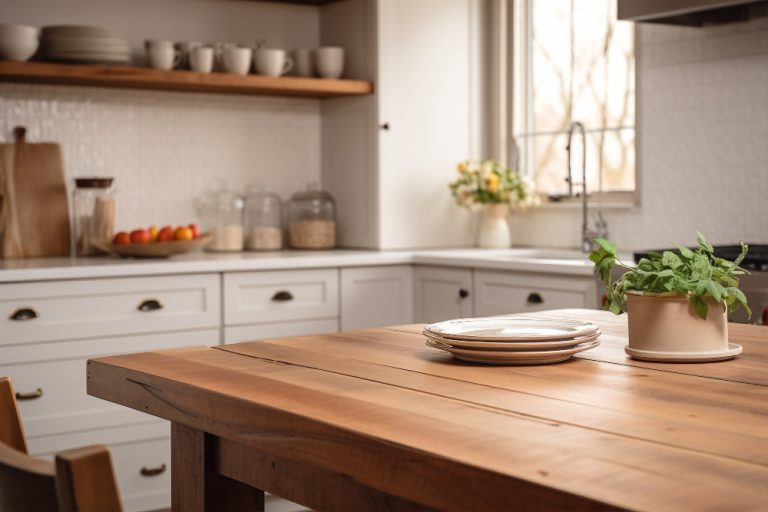The art of crafting handmade wooden kitchen products is a blend of skill, passion, and an appreciation for the timeless beauty of wood. From wooden cutting boards and utensils to bowls and spatulas, each piece is an expression of craftsmanship and functional art. Here’s a closer look at the key elements that contribute to the artistry of handmade wooden kitchen products:
Material Selection:
- Wood Varieties: Choose wood species known for their durability, unique grain patterns, and compatibility with kitchen use. Popular choices include maple, walnut, cherry, and oak, each offering distinct visual and tactile qualities.
Craftsmanship:
- Hand-Crafted Precision: Handmade products require a skilled artisan’s touch. Precise cuts, expert joinery, and meticulous attention to detail distinguish these pieces, highlighting the mastery of the craftsman.
Design and Functionality:
- Form Follows Function: Embrace a design philosophy where the form complements the function. A well-designed kitchen product not only serves its purpose effectively but also enhances the overall cooking and dining experience.
- Ergonomics: Consider the ergonomics of handles and the overall shape to ensure comfort during use. A harmonious blend of form and function results in products that are both practical and aesthetically pleasing.
Unique Artistic Elements:
- Inlays and Carvings: Elevate your creations with artistic embellishments such as inlays or hand-carved details. These elements not only add visual interest but also showcase the artisan’s creativity and dedication to the craft.
- Wood Grain Embrace: Celebrate the natural beauty of wood by incorporating and highlighting its unique grain patterns. Each piece becomes a canvas that tells a story through the natural lines and knots in the wood.
Finish and Protection:
- Natural Finishes: Use food-safe finishes that enhance the wood’s natural color and grain without compromising safety. Oils like mineral oil or beeswax provide protection while allowing the wood’s character to shine through.
- Durability: Prioritize finishes that withstand the rigors of kitchen use, ensuring longevity and resistance to moisture, heat, and every day wear.
Sustainability:
- Responsibly Sourced Wood: Emphasize the use of sustainably harvested or reclaimed wood. This commitment not only aligns with environmental values but also adds a story of responsible stewardship to your creations.
Personalization and Customization:
- Tailored Offerings: Allow customers to personalize their kitchen products. Whether through engraved initials, custom sizes, or choice of wood, personalized touches create a unique connection between the artisan and the end user.
Storytelling and Branding:
- Artisan’s Journey: Share the story of the artisan and the journey of each piece, from selecting the raw material to the hands-on crafting process. This narrative adds depth and authenticity to the product.
- Branding Identity: Develop a distinctive brand identity that communicates the values of handmade craftsmanship, quality, and the artistry behind each creation.
In essence, the art of handmade wooden kitchen products is a fusion of functionality, aesthetics, and the timeless appeal of natural materials. Each piece is not just a utensil or accessory; it’s a manifestation of the artisan’s dedication to their craft and a testament to the enduring beauty of wood in the heart of the home.










